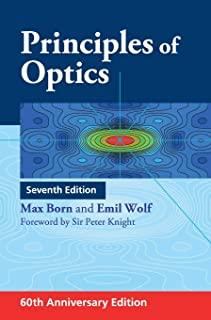
description
1This excellent book by a distinguished author presents a nonmathematical account of present-day theories of solid state physics ... Holden's lucid writing style is well adapted to the needs of his audience; students will find it a pleasure to read. -- Choice
Unusually clear and accessible, this highly regarded volume offers a nontechnical, nonmathematical introduction to the fundamentals of solid-state physics. It can be read by any student with a background of high school physics or chemistry, and will serve scientists and engineers well as a primer in the field of solid-state theory.
The first half of the book develops basic concepts in modern atomic physics. Included are illuminating discussions of heat, heat capacity, order, symmetry, atoms and ions, molecules and metals and structures. The second part then applies the concepts elucidated to the structural and electrical properties of solid materials. This involves treatment of atomic motions, particles and waves, electrons in atoms, electrons in solids, electrical conduction, semiconductors and magnets. An appendix entitled Scales of Energy rounds out the book.
Dr. Holden, a former research scientist with Bell Telephone Laboratories and former visiting professor at M.I.T., does not delve deeply into the interaction between theory and experiment. Rather, these pages are devoted, in his words, to explaining the theories -- to picturing the models -- that provide the best means known today for unifying our knowledge of solids and connecting it with a broader field of science. Readers will find that this lucid, well-written study achieves its purpose, combining elements of physics, chemistry, and crystallography to produce a comprehensive, interconnected picture of solid-state theory and its role in the wider scope of modern science.
Unusually clear and accessible, this highly regarded volume offers a nontechnical, nonmathematical introduction to the fundamentals of solid-state physics. It can be read by any student with a background of high school physics or chemistry, and will serve scientists and engineers well as a primer in the field of solid-state theory.
The first half of the book develops basic concepts in modern atomic physics. Included are illuminating discussions of heat, heat capacity, order, symmetry, atoms and ions, molecules and metals and structures. The second part then applies the concepts elucidated to the structural and electrical properties of solid materials. This involves treatment of atomic motions, particles and waves, electrons in atoms, electrons in solids, electrical conduction, semiconductors and magnets. An appendix entitled Scales of Energy rounds out the book.
Dr. Holden, a former research scientist with Bell Telephone Laboratories and former visiting professor at M.I.T., does not delve deeply into the interaction between theory and experiment. Rather, these pages are devoted, in his words, to explaining the theories -- to picturing the models -- that provide the best means known today for unifying our knowledge of solids and connecting it with a broader field of science. Readers will find that this lucid, well-written study achieves its purpose, combining elements of physics, chemistry, and crystallography to produce a comprehensive, interconnected picture of solid-state theory and its role in the wider scope of modern science.
member goods
No member items were found under this heading.
Return Policy
All sales are final
Shipping
No special shipping considerations available.
Shipping fees determined at checkout.







